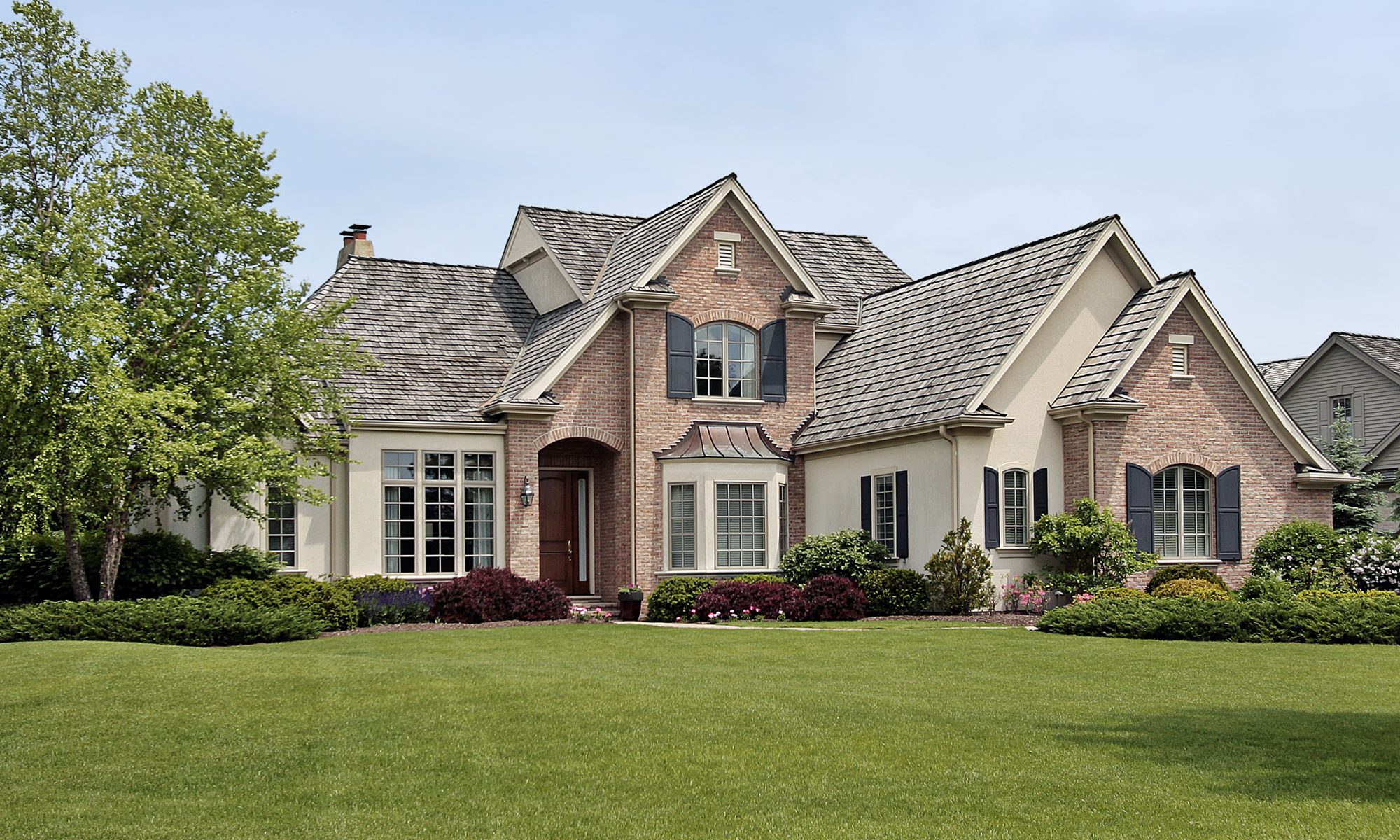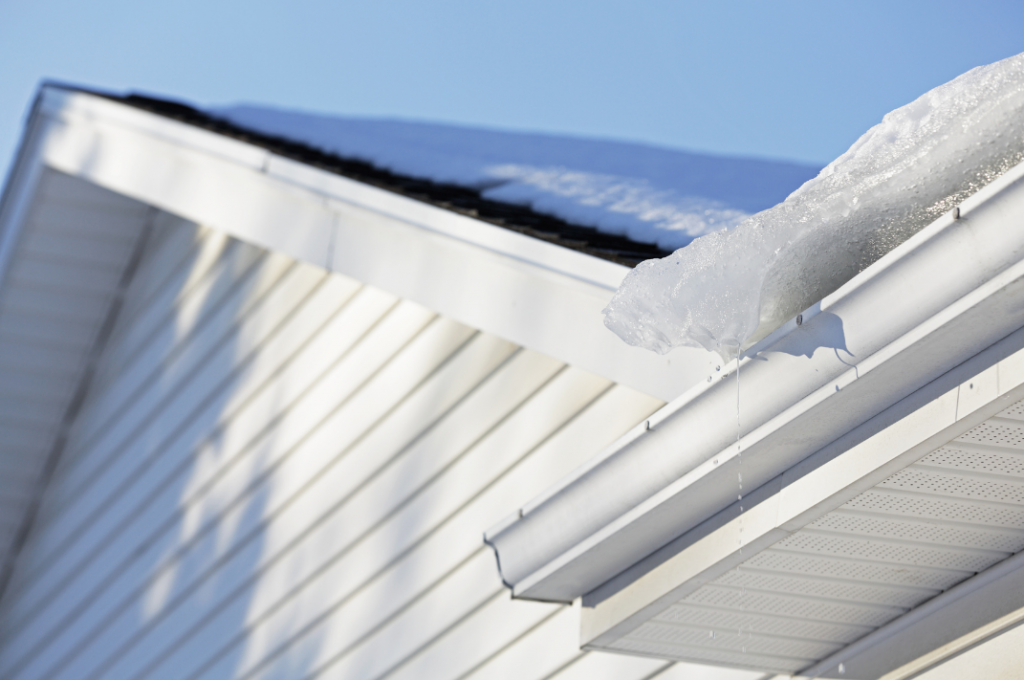
Replacing the roof is often one of the costlier repairs a homeowner makes. Although a well-maintained roof can last 20 to 30 years, climate and weather conditions can reduce its useful lifespan. However, there are steps you can take to extend the life of a roof.
Trim Overhanging Branches
The more branches brush up against the side of the house or bang against the roof during a storm, the more they weaken and damage the shingles’ structure. Branches also shade the roof, making it easier for mold to thrive. Pruning tree limbs minimizes damage and can reduce the chances that small creatures use them to find a way into your attic or crawl space.
Clean Gutters Frequently
When gutters become clogged with leaves and other debris, they can get backed up when it rains. This can damage not only the shingles but the roof underneath. Clean the gutters in the spring and fall to reduce the potential for damage.
Check for Damage
When left untreated, minor issues can result in major repairs. What starts as a small leak under a single shingle can expand, causing the wood to swell and result in significant water damage. Check the roof after a storm and repair any damaged or worn shingles immediately. A small fix now can save thousands of dollars in repair costs later.
Have Regular Roof Inspections
Even if you take a look at the roof a few times a year, nothing beats a professional residential roof inspection. Experienced roofers know what to look for; they can pinpoint potential issues and document damage such as:
- Shingles with curled or ragged edges
- Asphalt shingles have cracks or bald spots
- Dark streaks signaling algae or moss may be thriving
- Flashing around a chimney or at the border of the roof is damaged
At Badger Contracting, we offer comprehensive roof inspections and replacement roofing systems. Call 410-417-6972 or email us today to schedule an appointment and to discuss your roofing needs.



